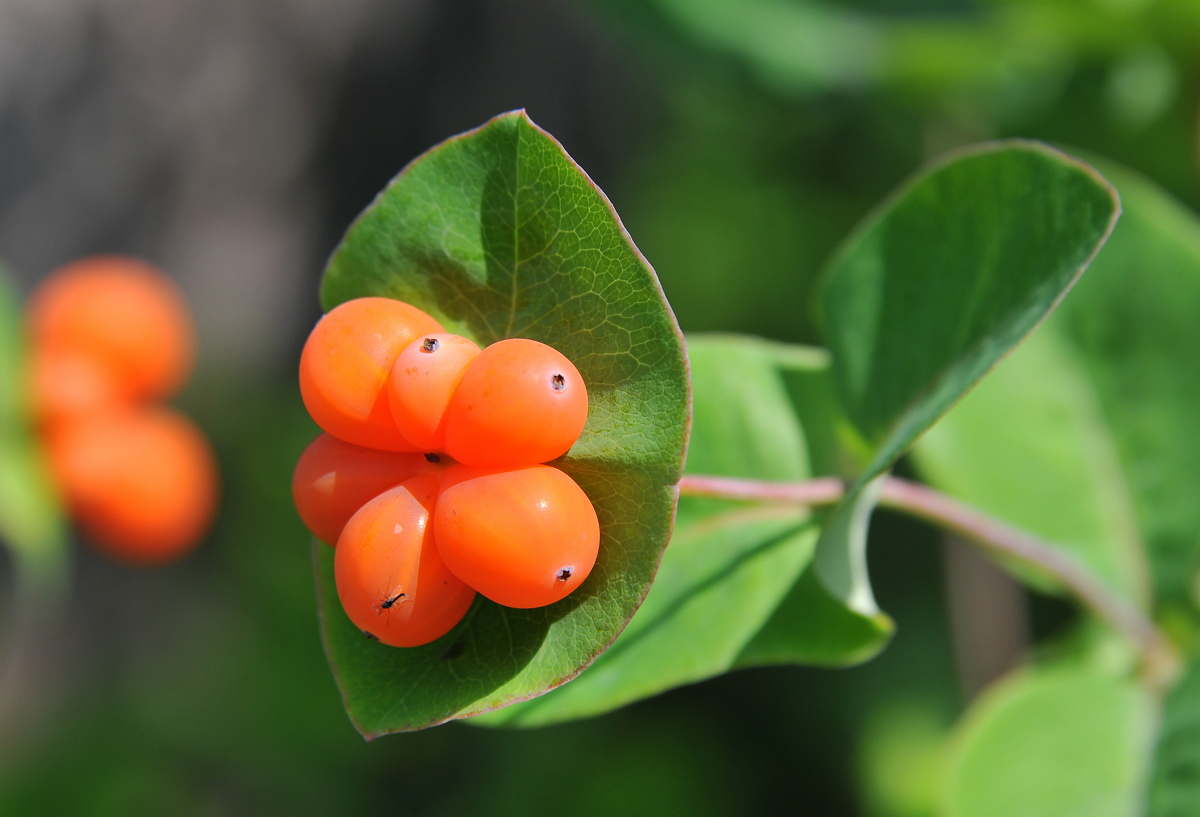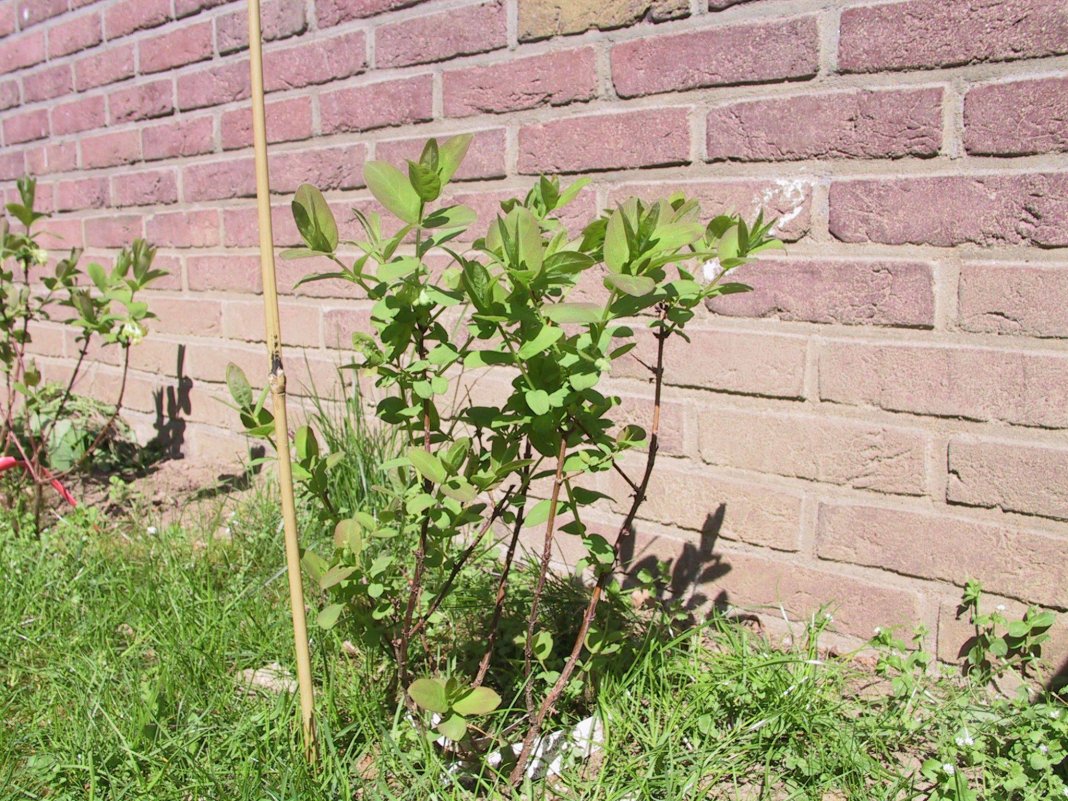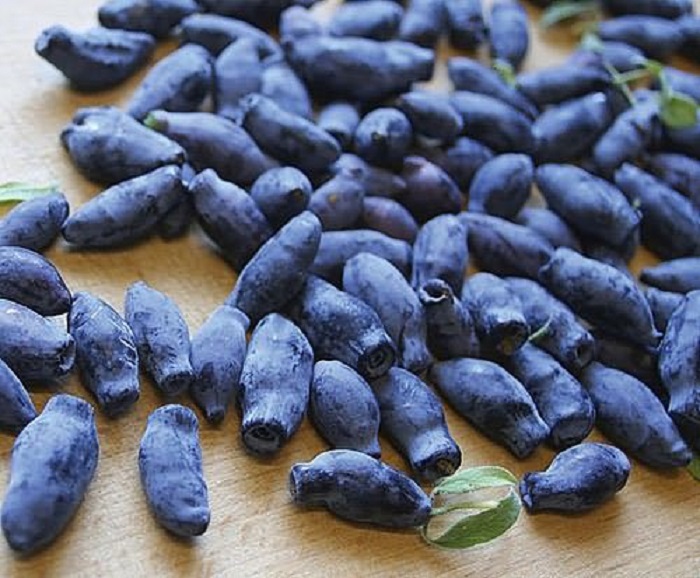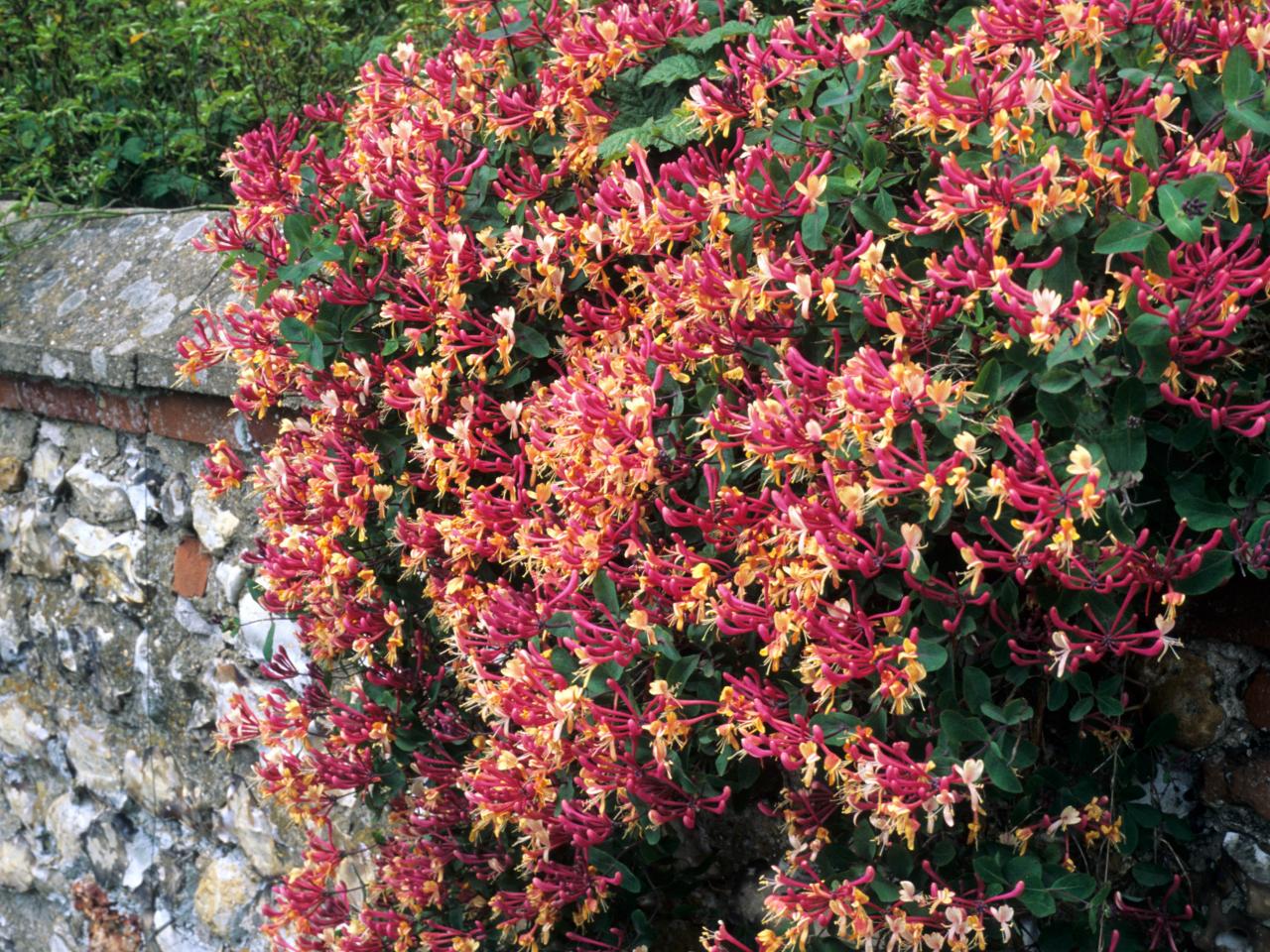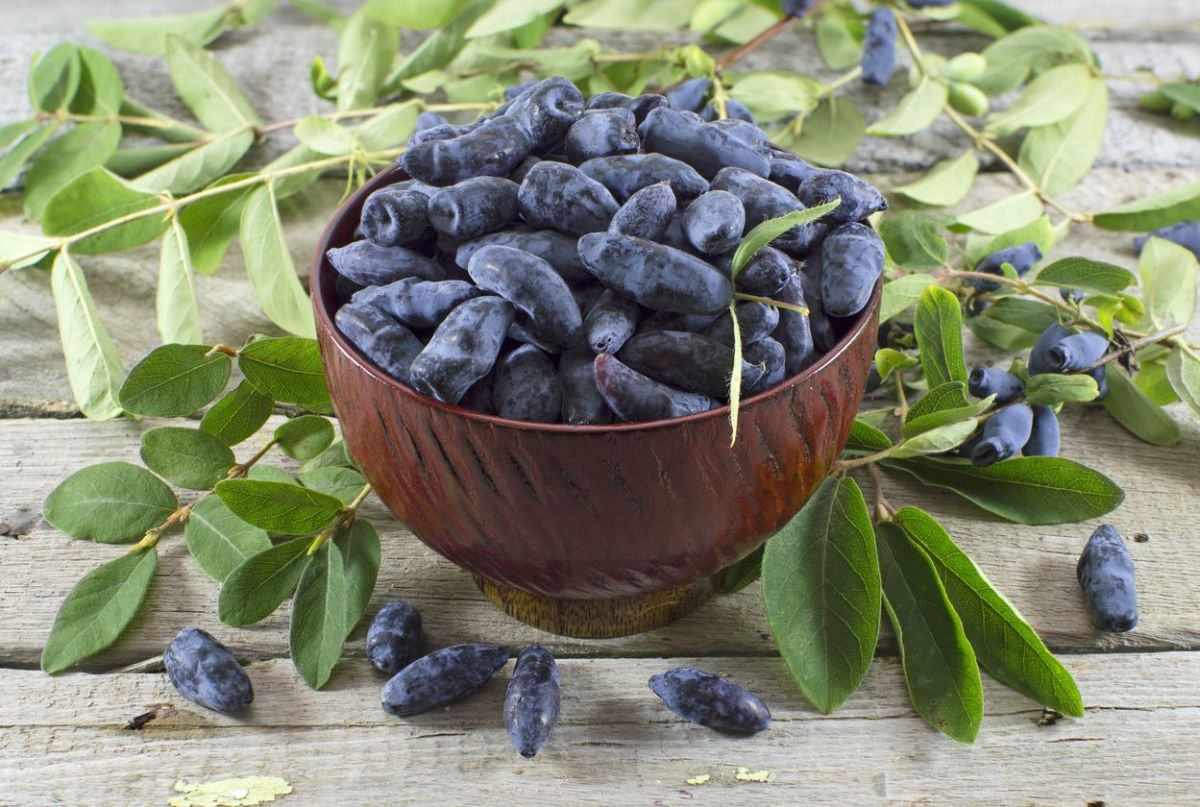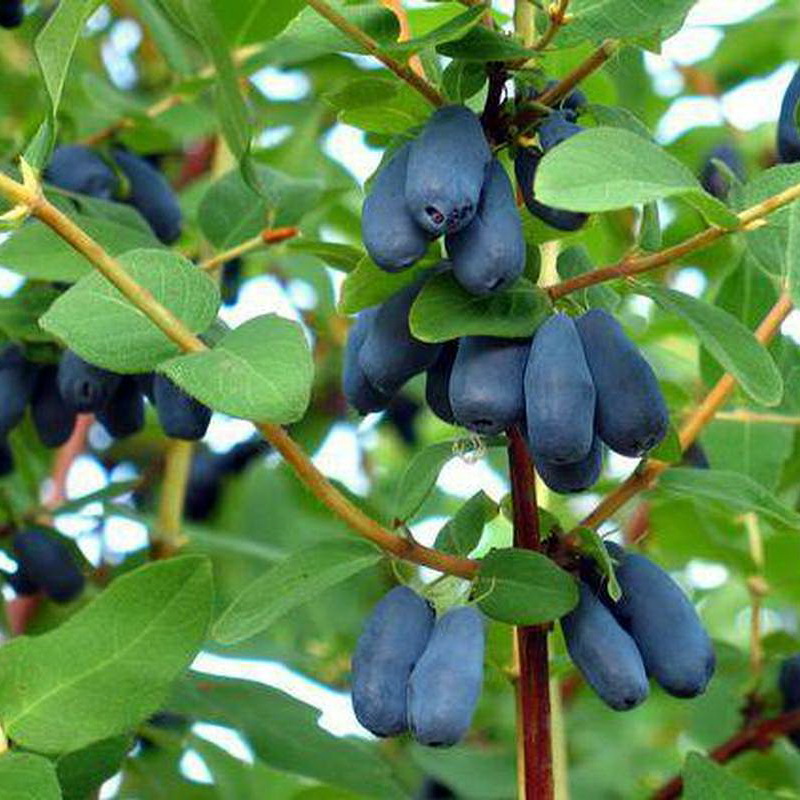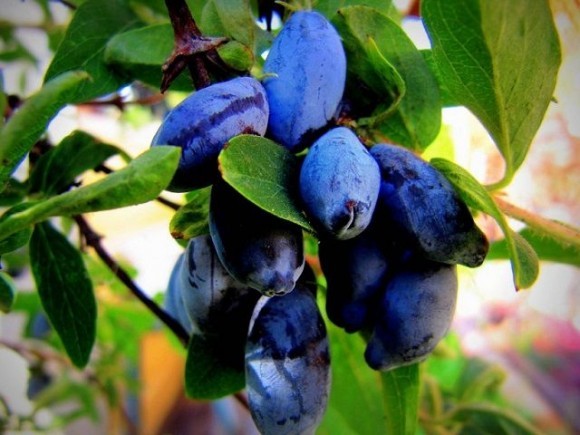Content:
You can decorate the garden area using various plants, for example, vines. The strong and long shoots of the liana make a beautiful hedge. Honeysuckle Honeysuckle is an unpretentious, flowering, ornamental plant. The article presents a description of the variety, main characteristics, features of planting and caring for a vine, why pruning is needed.
History of Honeysuckle Caprifol
Liana was not bred by scientific breeders. It is found in the wild. The species grows in the Caucasus and in the southern regions of Europe. The use of honeysuckle to decorate gardens could only be afforded by wealthy nobles.
Honeysuckle in translation means "goat leaf", therefore the second name is goat honeysuckle.
Thanks to the beautiful appearance of the vines, breeders have worked to develop a variety suitable for growing in regions with different weather conditions. As a result, varieties have been obtained that can adapt to frost. So the vine spread throughout the world, it began to be cultivated in North America, the Scandinavian countries, Russia.
Description of the variety
Decorative honeysuckle Honeysuckle is a perennial vine that can grow on a support from 4 to 5 m. The plant reaches an average height of 5 m 5 years after planting. During the season, the vine grows 2 m in height. With good care, honeysuckle will delight gardeners up to 50 years old.
Characteristics of the variety:
- Shoots are light green, under the influence of light and heat, the color changes to pink;
- In an adult plant, the shoots are covered with bark. After a while, it exfoliates - this is a natural process characteristic of the variety;
- Leaves are elliptical;
- Honeysuckle Honeysuckle has fragrant vines;
- Decorative flowers of honeysuckle Honeysuckle grow in small bouquets. Flowers smell nice, in the evening the pleasant aroma intensifies;
- There are several color options for the flowers of the variety: red, purple, pink, yellow and white;
- The stamens protrude beyond the elongated tubule inflorescences;
- The flower withers after 2-3 days. But throughout the entire flowering period, new flowers are constantly blooming, so the plant retains an aesthetic decorative appearance;
- Flowers are melliferous, so they can be planted next to apiaries;
- The plant continues to bloom for up to 30 days, after which berries begin to tie;
- After the flowering period, bright orange berries form on the honeysuckle. They look very impressive. One bunch contains three berries. The plant, even during the period of fruit ripening, is a bright decoration of the garden.
On a note. The beautiful orange berries are not edible. They are extremely decorative, not edible.
Honeysuckle Honeysuckle adorns the garden not only with unusually delicate flowers, but also with bright fruits.
Honeysuckle leaves and flowers are healing. They are used in folk medicine to treat hypertension, varicose veins. The fragrant aroma from the plant during the flowering period helps a person from nervousness and stress.
Growing recommendations
Honeysuckle Caprifoli grows well in southern regions with a warm climate. The selection variety is frost-resistant, but it is undesirable to grow the plant in Siberia and the northern regions of the Russian Federation. The liana cannot withstand severe frosts.
Landing site
Liana should be planted in a sunny area. On the shady side, the plant does not grow actively, the flowers do not bloom completely.
It is important to protect the honeysuckle from wind and draft. The east side of the garden is an ideal planting spot.
The selected area should not have groundwater close to the surface. This threatens the root system of the vine with rotting, the plant can wither and die.
On a note. The plant is recommended to be planted in a permanent place. Honeysuckle Caprifol does not transfer transplants from place to place. Therefore, it is immediately necessary to choose a suitable garden site for a vine.
Preparing the landing site
The plant is planted in the spring. Spring is the optimal time for planting honeysuckle Caprifol. In winter, the variety is not planted, young seedlings may not survive the cold winter even under cover.
Liana grows on any soil except clay. The soil can be with different levels of acidity, from low (4pH) to high (7.7 pH). The optimum acidity is considered to be a soil with a pH of 5.5-6.5. In such soil, the vine will develop most actively.
Liana can be propagated in several ways.
To do this, use:
- Shank;
- Layering;
- Seed.
The most optimal option is cuttings or layering. For propagation by cuttings, it is necessary to prepare them from August. Find some sturdy cuttings, carefully separate them from the bush. For the winter, they are rooted in a mixture of peat and sand.
Landing instruction
To form a hedge, a small trench is dug for seedlings measuring 50x50x50 cm. The excavated soil is mixed with rotted manure and peat.
Brick chips are laid at the bottom of the trench, which will serve as drainage.
Step-by-step actions when planting honeysuckle:
- Prepare some healthy and strong seedlings;
- Cut the roots of each cutting, put it in a trench, distribute the roots;
- Water the seedling with settled water, cover the empty place with earth;
- Water the planted bushes again;
- Sprinkle mulch around the perimeter of the trench.
Honeysuckle Care Honeysuckle
Honeysuckle is an unpretentious plant. For good growth, the gardener must know the rules for caring for the vine.
Kaprifol is a climbing plant. Liana is actively developing if there is support.
The following can act as supports for vines:
- Special grilles;
- Trellis;
- Alcove;
- House wall;
- Veranda;
- Columns, etc.
Honeysuckle grows upward, clinging to the support, this allows the vine to curl.
On a note. To make it easier for the plant to cling to the support, it should be made of rough materials. This promotes better adhesion of the honeysuckle shoots and support.
Feeding methods
The first feeding is carried out 21 days after planting the seedlings. For this, mineral or organic fertilizers are used. From mineral fertilizers, preparations containing potassium and nitrogen are suitable. Compost or humus is taken as organic matter. Then feeding is done once a season. During feeding, the working hand must be in a glove.
Fertilizers are applied during the flowering period of the vine. In autumn, the earth in the trench is powdered with wood ash. This nourishes the roots of the plant until spring.
Watering
Honeysuckle Honeysuckle should be watered sparingly once a week. If there is a drought, then the number of waterings is increased to 2-3. After the procedure, the soil around the bush is loosened with a rake to a depth of 5 cm. Then the soil is sprinkled with a layer of sawdust.
Important! Moisturizing the roots gives the plant strength during flowering.
Shelter for the winter
Young seedlings must be covered for the winter. The variety is frost-resistant, but it is recommended to cover the plant in the first winter so that it does not die from the winter cold.
For shelter, use agrofibre, cardboard boxes. The root zone is abundantly covered with fallen leaves and peat.
Adult honeysuckle tolerates winter better, so you can leave the bush open.
Pruning
Honeysuckle must be pruned for growth. Anti-aging pruning is done in the spring or fall. Thinning or sanitary thinning can be done at any time.
Spring pruning is carried out at temperatures up to -5, until the buds begin to swell. A later procedure can harm the bush.
Cut off the upper branches to form a neat look of the bush and for the density of the leaves. There may be several upper trimmings per season.
Advantages and disadvantages
Reviews of the Kaprifol variety are mostly positive.
Among the advantages of honeysuckle, gardeners note:
- Nice decorative look, you can decorate the garden;
- Easy planting and growing;
- Long flowering period;
- Active growth rate;
- Fragrant liana of honeysuckle Honeysuckle;
- Easy to care for.
The disadvantages of the variety can be distinguished - intensive reproduction. The plant grows rapidly. Without care and removal of excess shoots, the vine grows like a weed. Therefore, periodic pruning is needed.
Honeysuckle Honeysuckle can be used in different ways on the site: as a landscape design as a decoration, as a decorative element, to create a hedge. Simple manipulations during planting, simple care will allow gardeners to grow beautiful vines with fragrant flowers in their area.


